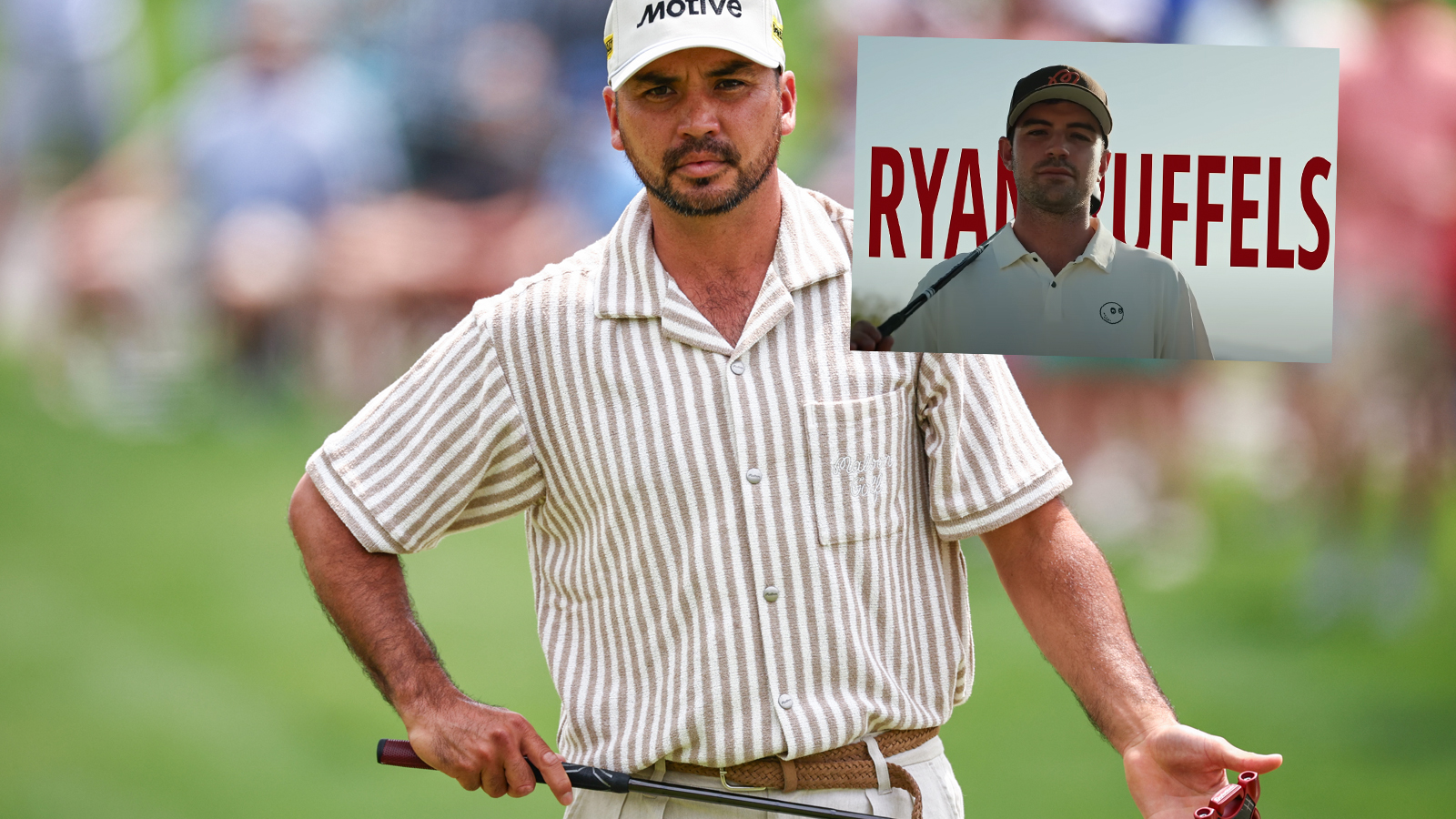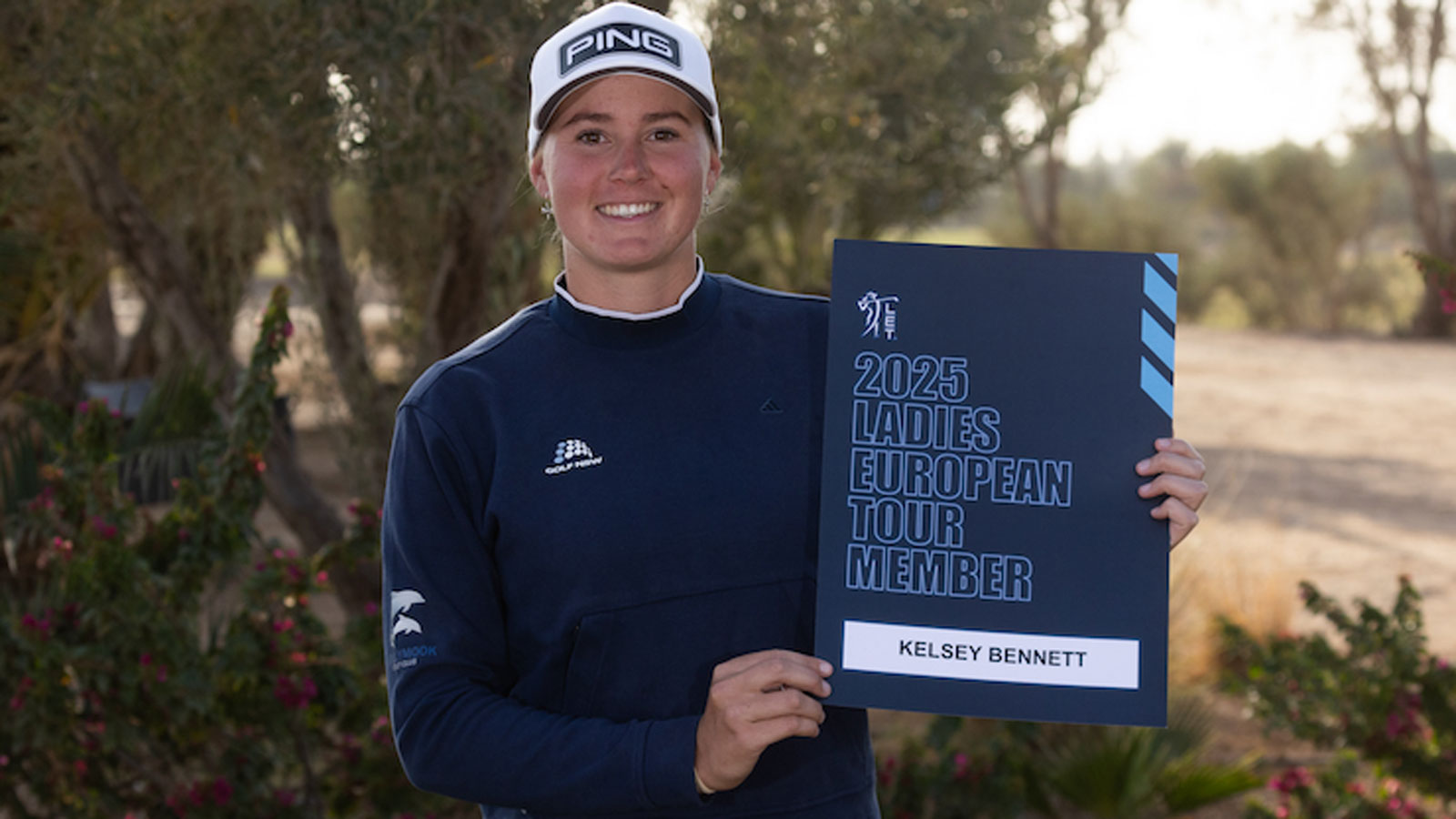Cam’s Close Call – Australian Golf Digest

- by Admin
- October 23, 2024

After noticing a concerning sunspot near his neck, tests revealed Aussie tour veteran Cameron Percy had malignant melanoma. After successful surgery, the 50-year-old is back playing with a very important message for you.
Cameron Percy was like all of us who love the game of golf. He’s spent a lifetime playing a sport that’s enjoyed in the sun, albeit a far greater amount of time than the average weekend hacker. The Victorian, who is based in Raleigh, North Carolina, has spent more than 20 years of his career on the PGA Tour and now, aged 50, on the PGA Tour Champions. Needless to say, he’s been exposed to a lot of UV rays. So much so that Percy recently noticed a concerning spot near his neck.
“[I saw] that a mole on my neck had turned black and I thought, Black is bad,” Percy tells Australian Golf Digest. “So I went in, and the dermatologist was like, ‘Yep, we’ll do a biopsy on that.’ Normally, I would hear back from them three days later, but on this occasion I hadn’t heard back until a week later. My dermatologist rang me and said, ‘Cameron, that’s malignant melanoma. We’ve done extensive tests and we need to get that taken care of.’”
Percy was rattled. After all, he’d been reasonably devoted to using sunscreen and wearing a hat throughout his career.
“That’s my first [melanoma]; I’ve had a lot of things burnt off or cut out, and it’s all been fine,” Percy said. “But this one was actually malignant melanoma, so I had to go to the cancer ward. I had Mohs surgery, where they cut some out, they test it there. Luckily, they got it out in the first cut; they got it all. It wasn’t a fun experience. They cut two-and-a-half inches by one-and-a-half inches out of me for a mole that was tiny. I was sitting there in the waiting room with a massive chunk out on my neck, right near my clavicle.”
Not one to take a backward step, Percy teed it up at the Pure Insurance Championship on the PGA Tour Champions soon after. “I actually tried to play a golf tournament last week, which probably wasn’t a smart idea,” Percy joked.
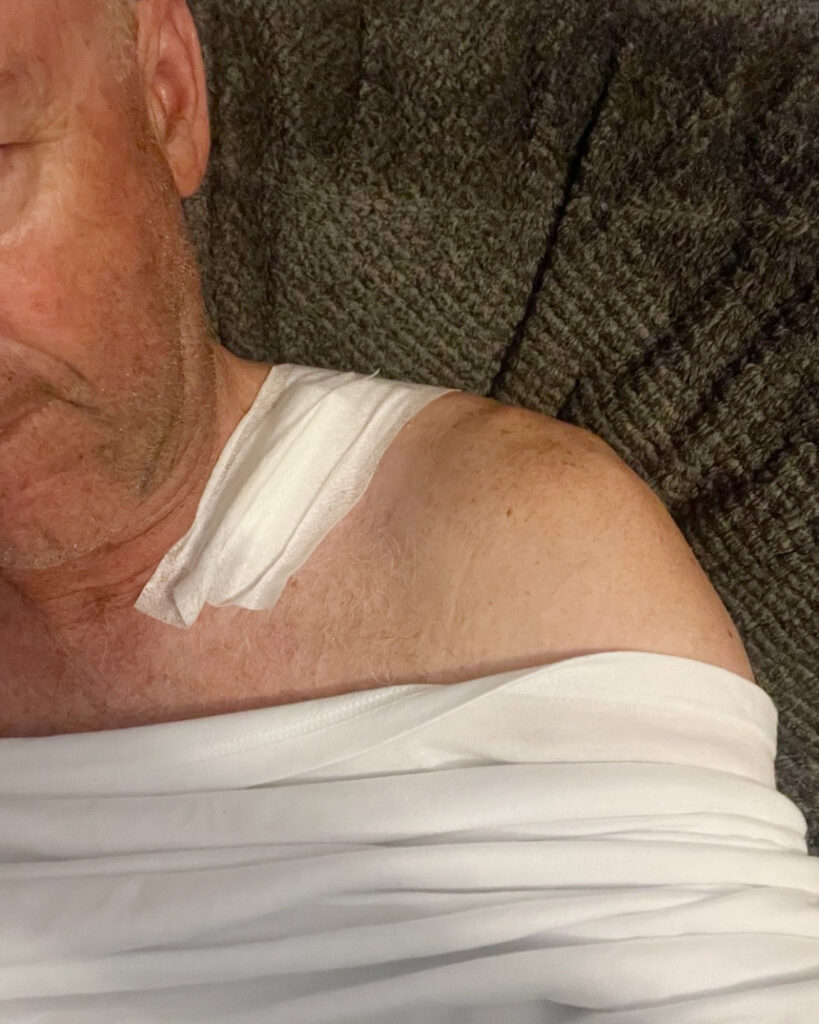
He teed up not just because the event is played at the famous Pebble Beach Golf Links in northern California, but because his position on the Charles Schwab Cup required him to. He made the cut at Pebble and finished T-50, which helped him maintain his rank of 36th on the season-long standings.
“[The doctor was] like, ‘You can’t do anything for two weeks.’ But on the Champions tour, if you finish top-36 [this season] you are exempt the next year. You don’t have to worry about [qualifying for] majors and all sorts of [events]. I was 31st [before Pebble Beach] and had to miss an event for surgery, so I dropped one spot. If I had to miss [Pebble], I probably would have dropped another four or five spots. There were only two events left. So, I went to Pebble Beach. I made the cut, which could be the difference.”
At Pebble Beach, while looking out across the ocean from the iconic par-5 sixth and par-3 seventh, Percy counted his lucky stars he was there and not undergoing further tests. He’s thankful he checked the sunspot immediately after noticing it.
“I just saw [the cancerous spot] in the mirror and thank goodness I went and got a skin check instead of just thinking, I’ll get that checked later on. If I’d waited any longer, who knows what could have happened,” he says.
His message to golfers of all levels is simple: “I know it’s boring, but every day, take time before and during your round to put sunscreen on. I do it every day. I always think, Oh, this is monotonous. But it’s just something you have to do, especially in Australia where the ozone layer is so much worse [for UV rays]. Get a skin cancer check-up regularly. Also, what [the doctors] said to me was it wasn’t just golf that was exposing me to the sun, it was driving in the car. You can develop sunspots on your knee. Think about when you’re exposed to the sun on the course and away from it.”
Aussie superstar Adam Scott had a similar wake-up call to Percy. In 2011, he saw a spot on his nose during a tournament in the US and, after getting it looked at, was given the all-clear. Three months later, when Scott returned home for the Australian summer of golf, he had it checked again when its appearance changed. Soon after, he was diagnosed with a basal cell carcinoma. He had surgery – 30 stitches – and said he “looked like I had been in a bar fight”.
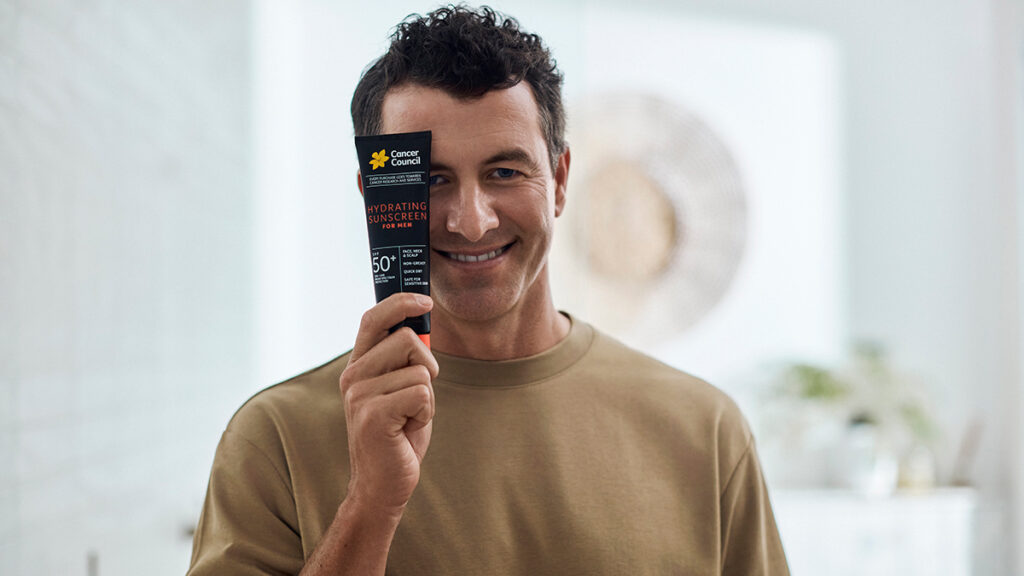
It is what inspired Scott to become a Cancer Council Sunscreen ambassador in 2023. In his role, Scott became the face of a campaign to get more Australians wearing sunscreen and to promote Cancer Council’s new Men’s Hydrating Sunscreen SPF50+. Scott was eager to showcase a sunscreen that was engineered to be used while playing all types of sport with minimal interruptions after application.
“When I was diagnosed with a skin cancer, I had surgery and a lot of stitches and some scarring,” Scott said. “Since then, sunscreen has been part of my daily routine to make sure I’m protected every time I’m exposed to UV.
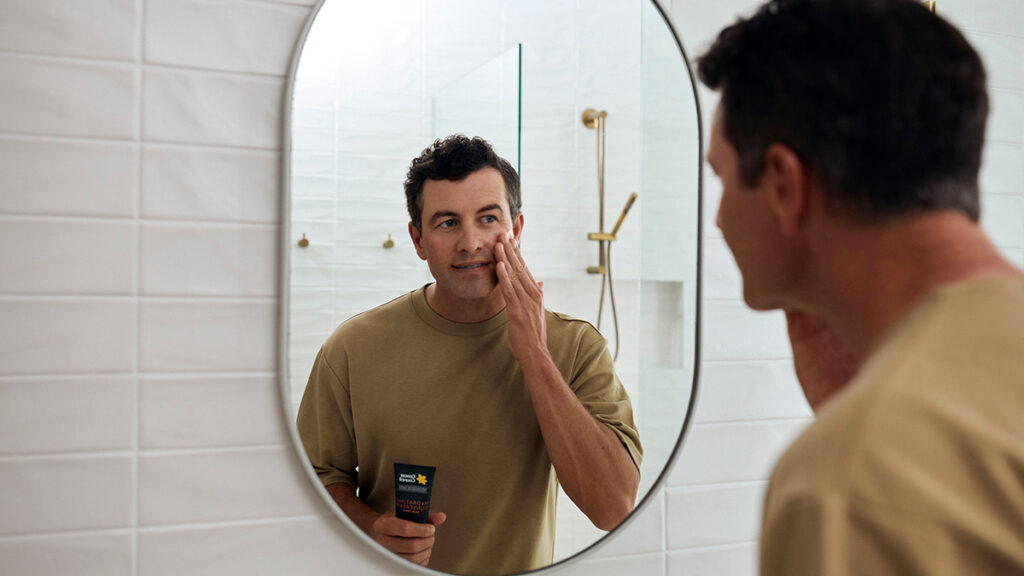
“Following the surgical removal of a basal cell carcinoma on my face, I realised that I could no longer afford to be relaxed about applying sun protection. The experience was painful and frightening.
“Golfers are at a higher risk of skin cancer, so it’s really important to protect yourself with the five forms of sun protection the Cancer Council recommends: protective clothing, sunscreen, broad-brimmed hat, sunglasses and shade.”
The Latest News
-
December 25, 2024Gearing Up for Australian Open, Nick Kyrgios Elevated in Bold Predictions From Renowned Tennis Experts
-
December 25, 2024Dads’ day out! Australian stars unwind with with wives, kids at MCG. Watch | Cricket News – Times of India
-
December 25, 2024India must continue to exploit ‘brittle’ Australian line-up: Ravi Shastri | Cricket News – Times of India
-
December 25, 2024Warne, Tendulkar, Muralitharan and (even) Gladstone Small: Eleven Boxing Day Test memories
-
December 25, 2024‘Stops riots outside the Members Stand’: Aussie skipper backs cult hero for big MCG return


